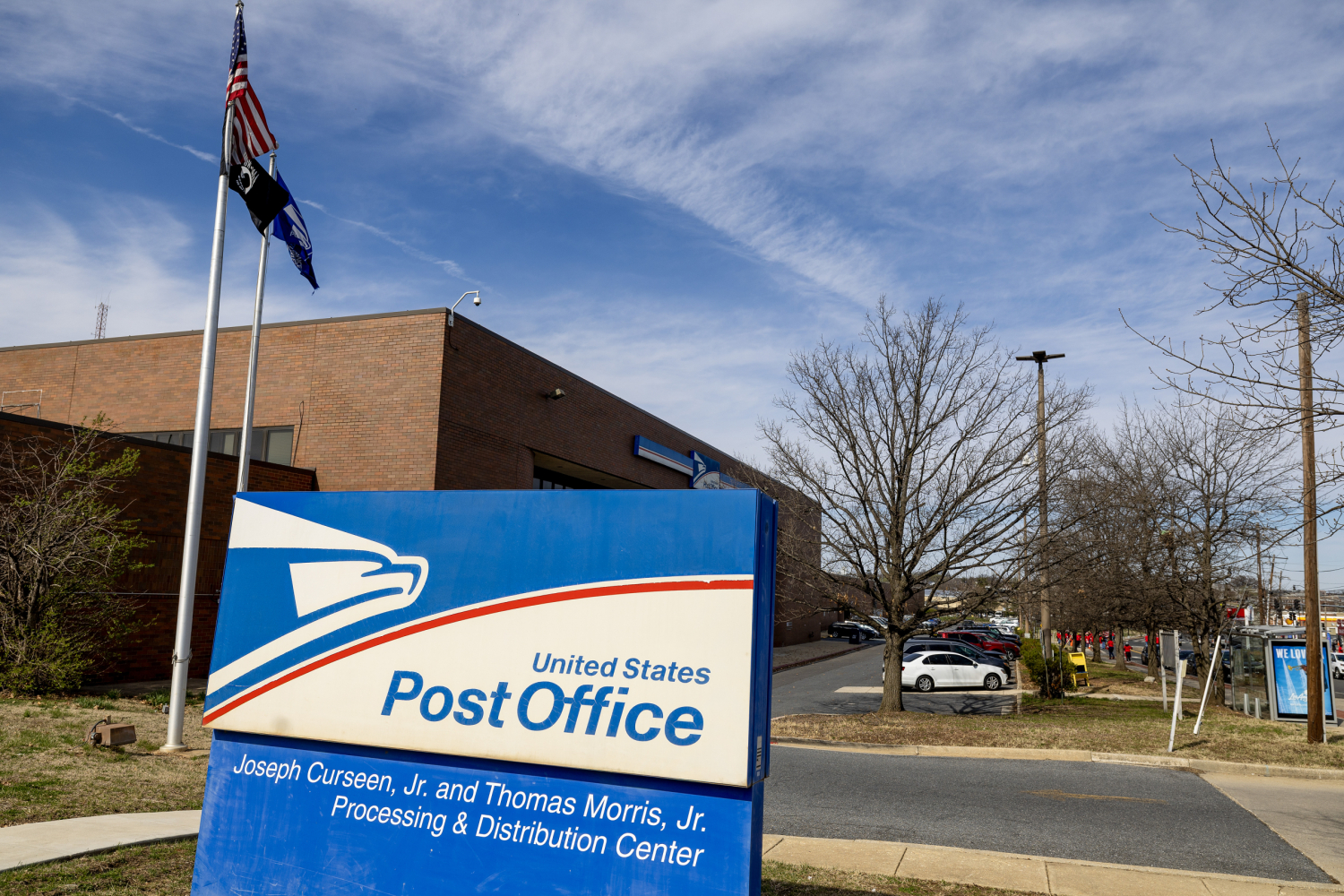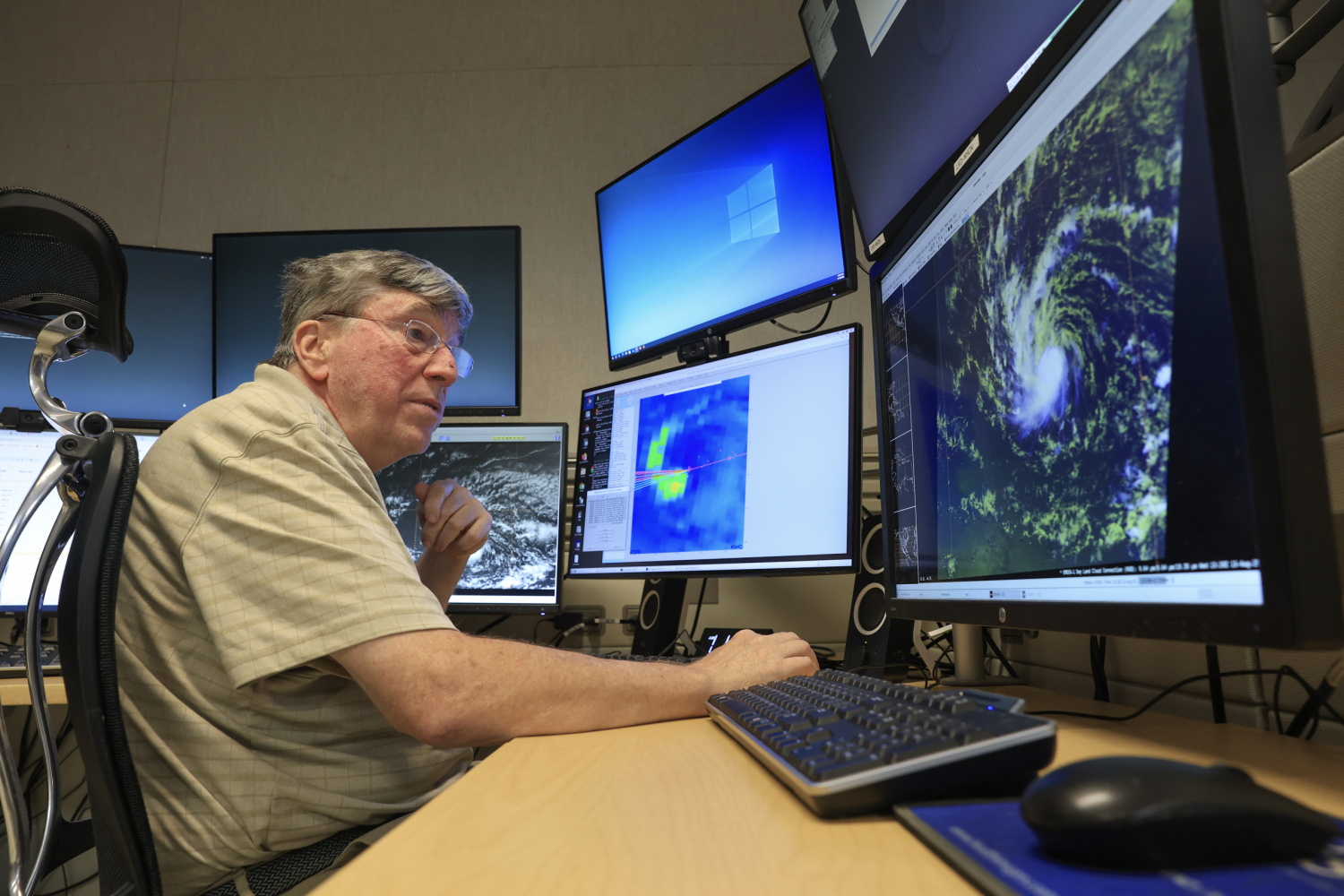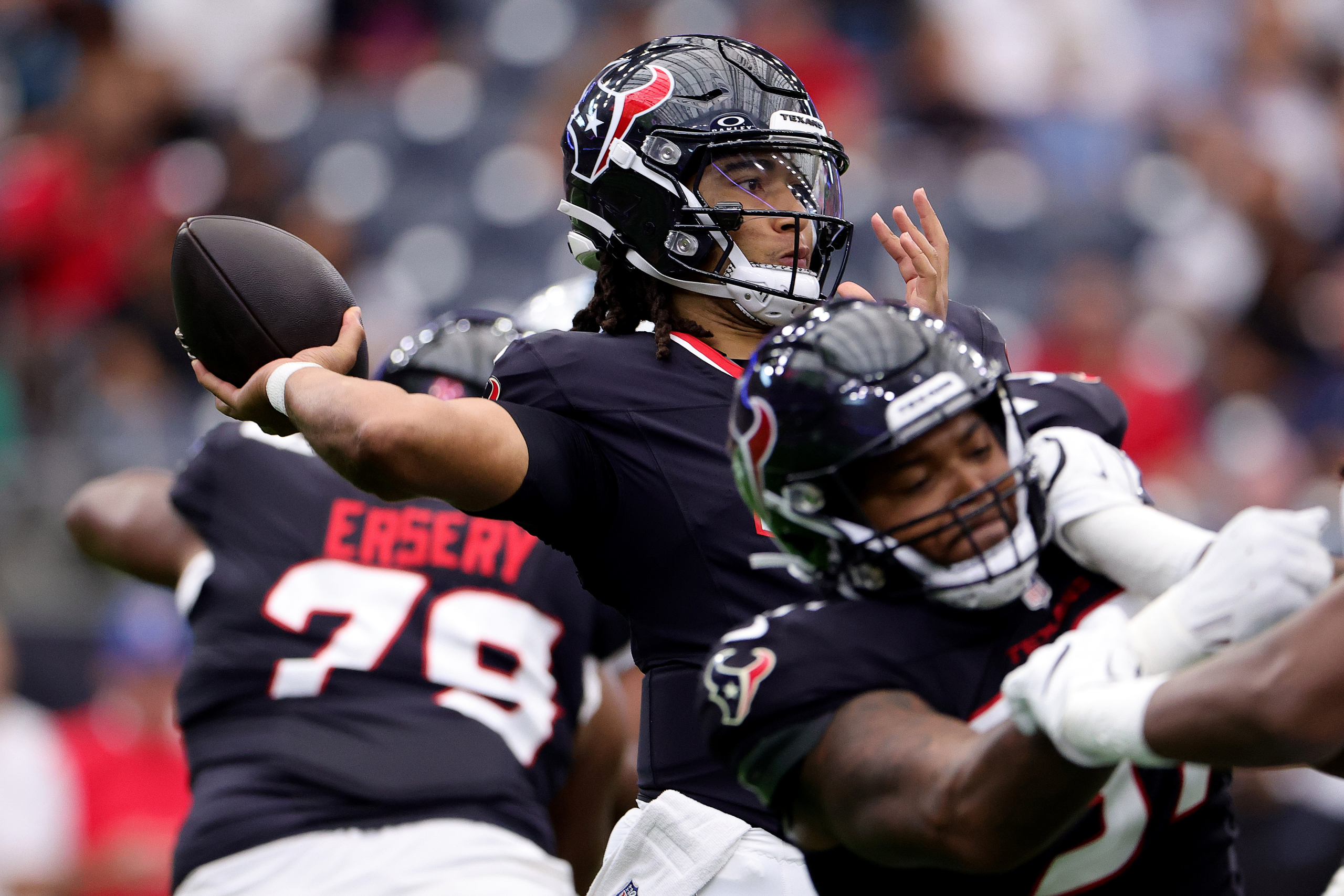By SUSAN HAIGH Associated Press
WASHINGTON (AP) — A year after being lauded for its plan to replace thousands of aging, gas-powered mail trucks with a mostly electric fleet, the U.S. Postal Service is facing congressional attempts to strip billions in federal EV funding.
In June, the Senate parliamentarian blocked a Republican proposal in a major tax-and-spending bill to sell off the agency’s new electric vehicles and infrastructure and revoke remaining federal money. But efforts to halt the fleet’s shift to clean energy continue in the name of cost savings.
Donald Maston, president of the National Rural Letter Carriers’ Association, said canceling the program now would have the opposite effect, squandering millions of dollars.
“I think it would be shortsighted for Congress to now suddenly decide they’re going to try to go backwards and take the money away for the EVs or stop that process because that’s just going to be a bunch of money on infrastructure that’s been wasted,” he said.
Beyond that, many in the scientific community fear the government could pass on an opportunity to reduce carbon emissions that contribute to global warming when urgent action is needed.
Electrified vehicles reduce emissions
A 2022 University of Michigan study found the new electric postal vehicles could cut total greenhouse gas emissions by up to 20 million tons over the predicted, cumulative 20-year lifetime of the trucks. That’s a fraction of the more than 6,000 million metric tons emitted annually in the United States, said professor Gregory A. Keoleian, co-director of the university’s Center for Sustainable Systems. But he said the push toward electric vehicles is critical and needs to accelerate, given the intensifying impacts of climate change.
“We’re already falling short of goals for reducing emissions,” Keoleian said. “We’ve been making progress, but the actions being taken or proposed will really reverse decarbonization progress that has been made to date.”
Many GOP lawmakers share President Donald Trump’s criticism of the Biden-era green energy push and say the Postal Service should stick to delivering mail.
Sen. Joni Ernst, R-Iowa, said “it didn’t make sense for the Postal Service to invest so heavily in an all-electric force.” She said she will pursue legislation to rescind what is left of the $3 billion from the Inflation Reduction Act allocated to help cover the $10 billion cost of new postal vehicles.
Ernst has called the EV initiative a “boondoggle” and “a textbook example of waste,” citing delays, high costs and concerns over cold-weather performance.
“You always evaluate the programs, see if they are working. But the rate at which the company that’s providing those vehicles is able to produce them, they are so far behind schedule, they will never be able to fulfill that contract,” Ernst said during a recent appearance at the Iowa State Fair, referring to Wisconsin-based Oshkosh Defense.
“For now,” she added, “gas-powered vehicles — use some ethanol in them — I think is wonderful.”
Corn-based ethanol is a boon to Iowa’s farmers, but the effort to reverse course has other Republican support.
Rep. Michael Cloud, R-Texas, a co-sponsor of the rollback effort, has said the EV order should be canceled because the project “has delivered nothing but delays, defective trucks, and skyrocketing costs.”
The Postal Service maintains that the production delay of the Next Generation Delivery Vehicles, or NGDVs, was “very modest” and not unexpected.
“The production quantity ramp-up was planned for and intended to be very gradual in the early months to allow time for potential modest production or supplier issues to be successfully resolved,” spokesperson Kim Frum said.
EVs help in modernization effort
The independent, self-funded federal agency, which is paid for mostly by postage and product sales, is in the middle of a $40 billion, 10-year modernization and financial stabilization plan. The EV effort had the full backing of Democratic President Joe Biden, who pledged to move toward an all-electric federal fleet of car and trucks.
The “Deliver for America” plan calls for modernizing the ground fleet, notably the Grumman Long Life Vehicle, which dates back to 1987 and is fuel-inefficient at 9 mpg. The vehicles are well past their projected 24-year lifespan and are prone to breakdowns and even fires.
“Our mechanics are miracle workers,” said Mark Dimondstein, president of the American Postal Workers Union. “The parts are not available. They fabricate them. They do the best they can.”
The Postal Service announced in 2022 it would deploy at least 66,000 electric vehicles by 2028, including commercial off-the-shelf models, after years of deliberation and criticism it was moving too slowly to reduce emissions. By 2024, the agency was awarded a Presidential Sustainability Award for its efforts to electrify the largest fleet in the federal government.
Building new postal trucks
In 2021, Oshkosh Defense was awarded a contract for up to 165,000 battery electric and internal combustion engine Next Generation vehicles over 10 years.
The first of the odd-looking trucks, with hoods resembling a duck’s bill, began service in Georgia last year. Designed for greater package capacity, the trucks are equipped with airbags, blind-spot monitoring, collision sensors, 360-degree cameras and antilock brakes.
There’s also a new creature comfort: air conditioning.
Douglas Lape, special assistant to the president of the National Association of Letter Carriers and a former carrier, is among numerous postal employees who have had a say in the new design. He marvels at how Oshkosh designed and built a new vehicle, transforming an old North Carolina warehouse into a factory along the way.
“I was in that building when it was nothing but shelving,” he said. “And now, being a completely functioning plant where everything is built in-house — they press the bodies in there, they do all of the assembly — it’s really amazing in my opinion.”
Where things stand now
The agency has so far ordered 51,500 NGDVs, including 35,000 battery-powered vehicles. To date, it has received 300 battery vehicles and 1,000 gas-powered ones.
Former Postmaster General Louis DeJoy said in 2022 the agency expected to purchase chiefly zero-emissions delivery vehicles by 2026. It still needs some internal combustion engine vehicles that travel longer distances.
Frum, the Postal Service spokesperson, said the planned NGDV purchases were “carefully considered from a business perspective” and are being deployed to routes and facilities where they will save money.
The agency has also received more than 8,200 of 9,250 Ford E-Transit electric vehicles it has ordered, she said.
Ernst said it’s fine for the Postal Service to use EVs already purchased.
“But you know what? We need to be smart about the way we are providing services through the federal government,” she said. “And that was not a smart move.”
Maxwell Woody, lead author of the University of Michigan study, made the opposite case.
Postal vehicles, he said, have low average speeds and a high number of stops and starts that enable regenerative braking. Routes average under 30 miles and are known in advance, making planning easier.
“It’s the perfect application for an electric vehicle,” he said, “and it’s a particularly inefficient application for an internal combustion engine vehicle.”
____
Associated Press writer Hannah Fingerhut in Des Moines, Iowa, contributed to this report.











